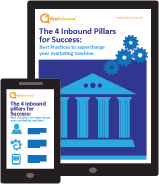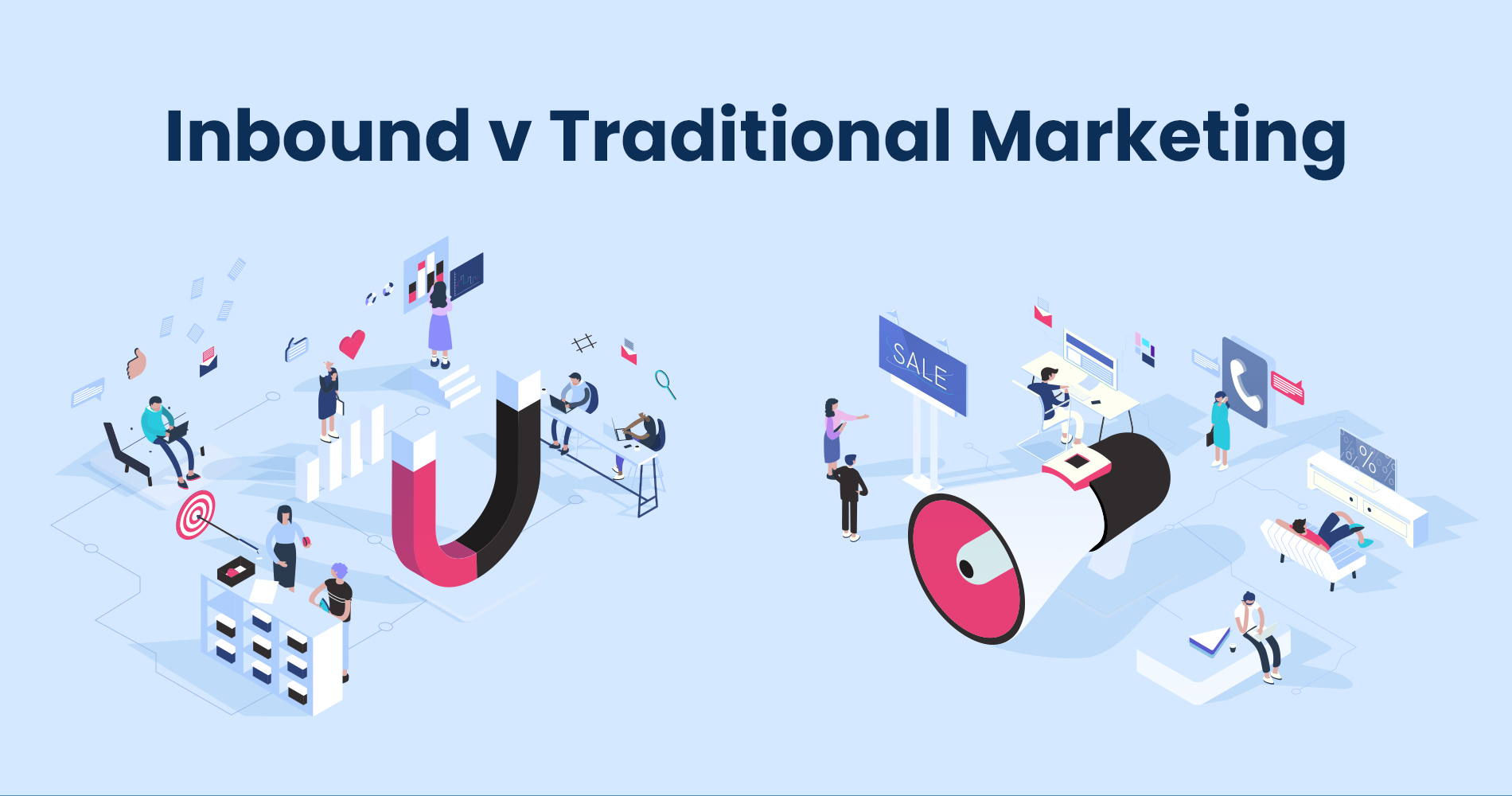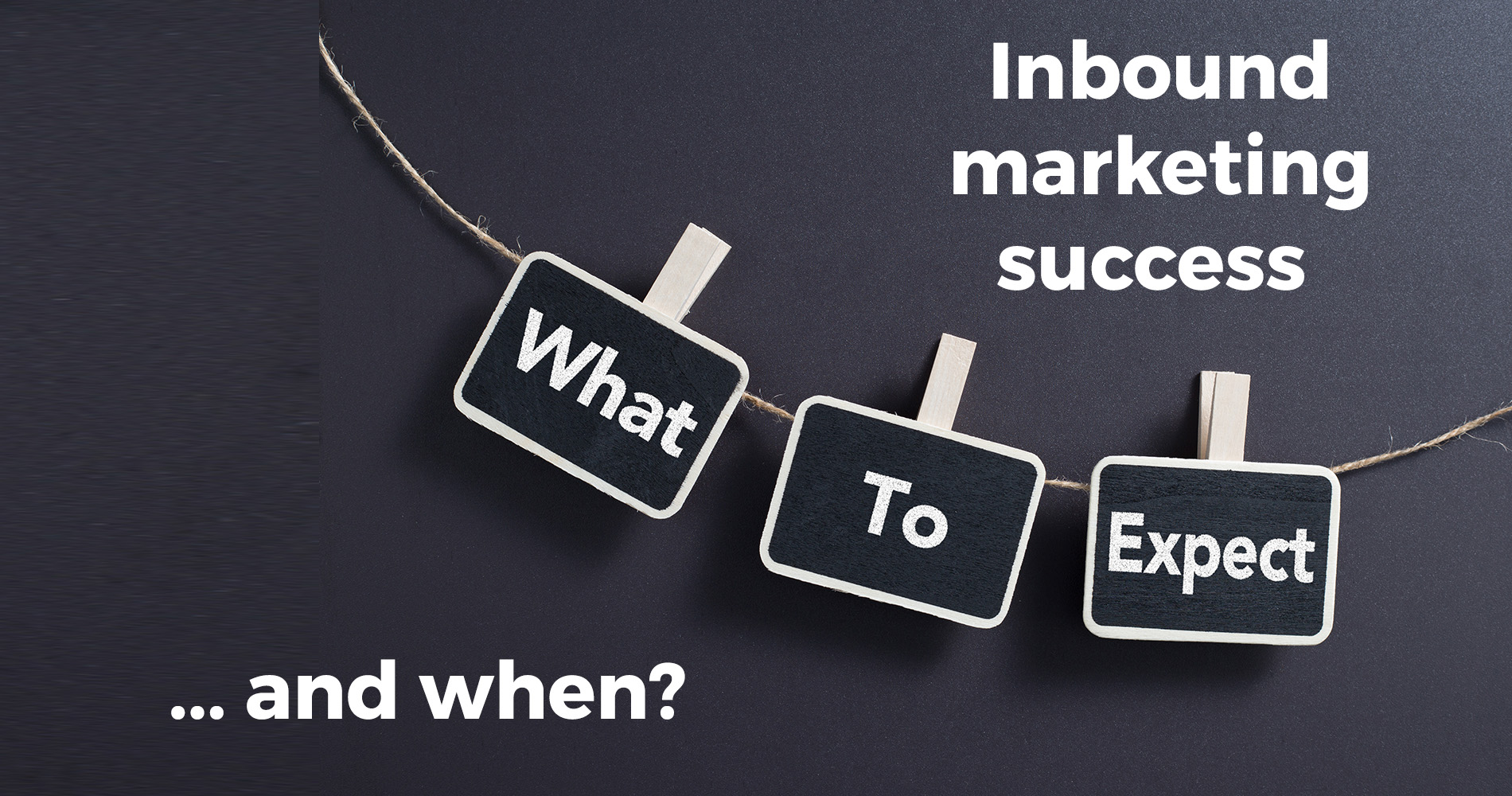In the traditional marketing era, businesses would go to great lengths to try and coax consumers into their products or services. But with the advent of the internet and its many features, consumers have grown much savvier, and this has forced businesses to change the way they think about marketing. But A lot has changed, and a marketing overhaul has taken place in many businesses over the years. Inbound marketing was developed as an alternative to traditional marketing and is now trending as the best way to achieve success in the business world.
Inbound marketing manages to achieve better results than traditional marketing because it focuses on building an audience and earning their trust through content. The term inbound marketing has come about due to this change in the way businesses interact with their customers. It refers to the process of the customer coming to you rather than the other way around. This contrasts with traditional marketing where businesses would do a lot of work to try and get their products out there. By working to attract people to your business as opposed to making them come to you, you can grow your business more sustainably.
This blog looks at both approaches inbound v traditional marketing and where each of them has its strengths and weaknesses.
The contrast between buyer-centric and seller-centric
Identifying the focus of inbound and traditional marketing can be an easy way to tell them apart. In traditional marketing, you target those you think fit your product or service. Alternatively, inbound marketing is customer-centric, which means you solve the problems of prospective customers.
Be nostalgic. Back then, it would have been more difficult to get your hands on important information you might need to make a purchase, unlike nowadays when buyers have more information readily available to them and can thus expect a lot more from the companies selling their products. However, with the way technological advances are going today, this might not be much better because if we want to learn something new about a product or service today, all we must do is look online. All of this means that we expect highly personal experiences whenever we interact with companies and brands whose products are worth our money… For example, if there's something wrong with the product that I purchased from you, don't just send me an email about what steps I need to take for future orders but reach out and let me know personally so that we may resolve my issue together!
Getting clients instead of chasing them
Conventional marketing focuses on making a sale rather than providing a solution that is tailored to consumers' needs. There are many forms of print advertising, such as newspaper ads, newsletters, and leaflets, along with broadcast advertising like radio ads, to promote a business or product. The method is good for increasing exposure, but it does not engage consumers unless you have something they already know they need or want.
As opposed to outbound marketing, inbound marketing focuses on creating content that will help consumers rather than just promoting businesses.
The idea of inbound marketing is to create content using the internet.
Content included in this category may include:
- eBooks
- Videos
- FAQs
- Webinars
- Case Studies
- Blog Posts
A buyer's journey (the step-by-step process a consumer goes through after learning about your business) is divided into three stages:
- Exposure - Videos, blog posts, slideshows, free tools, eBooks
- Aspects to consider - webinars, case studies, FAQ sheets, whitepapers, reviews
- Evaluation - Free trials, ROI Reports, product demos, consultations, and quotes
Using inbound marketing, you can turn prospects (a website visitor who has filled out an email form to sign up for an email newsletter or blog) into leads (a contact who has submitted a form in exchange for a content offer such as an eBook). Once your lead becomes a customer, you nurture it until it is ready to make a purchase.
Increasing customer retention
Inbound marketing aims to retain customers. To keep customers, you cannot just get them to purchase something once and then leave. Due to the higher cost of customer acquisition, it is a clever idea to try to keep as many customers as possible. The key is to retain and attract customers. But how can you keep them? Give them a valuable experience! What can you do to impress your customers? Of course, through great customer service! Excellent customer service makes them happy.
Emails, for example, are one way to stay in contact with inbound marketing clients. Creating personalised messages helps you show the client that you still care about them and value their business. Every member of the business is responsible for providing customer service throughout the buyer's journey. The more negative experiences a customer has with your business, the less likely it is they will use your services again. You need to listen to your customers to provide them with the content they need and go the extra mile to exceed their expectations.
A typical inbound marketing strategy seeks to attract prospects, convert them into leads, secure the sale, and thank them for their business. A product or service that delights customers keeps them and if they recommend your business, you will get more customers. Voilà, free marketing!
Don't Delay - Turn to Inbound Now!
Traditional marketing is effective, but results may take time to see (for example, learning about your target audience or the product). However, Inbound marketing may prove to be a more cost-effective means of attracting customers
In the modern world, consumers have become a lot more selective about the products and businesses they choose to patronise. It's harder for business owners to get their companies off the ground because as people learn more about what products do, it also becomes more difficult for start-ups to find new customers.
 If that sounds like your company inbound marketing might be for you. With our extensive knowledge of inbound, your brand will have an advantage over the competition by producing top-quality webinars that target interested prospects and guide them through your product journey until they reach your website and eventually make purchases.
If that sounds like your company inbound marketing might be for you. With our extensive knowledge of inbound, your brand will have an advantage over the competition by producing top-quality webinars that target interested prospects and guide them through your product journey until they reach your website and eventually make purchases.



